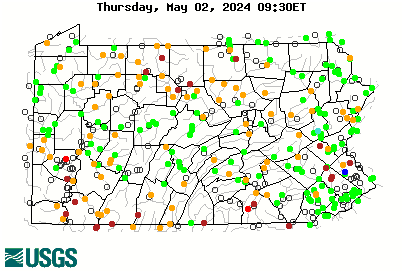SBecker
Well-known member
- Joined
- Jun 26, 2010
- Messages
- 5,773
1. Euro Nymphing (a.k.a. Czech/Polish/French/Spanish Nymphing)I'm just curious about what techniques have come about in the last 30 years from competitive fly fishing that have enhanced the sport.
Be specific if you can.
What makes them special?
- Origin: Eastern Europe, refined through competition.
- Description: Tight-line nymphing without an indicator, using a long, light rod and thin leader/tippet to maintain contact with the flies.
- Advantages: Exceptional strike detection and depth control; deadly effective in fast, technical water.
- Description: A hi-vis section of mono in the leader that acts as a strike indicator without adding surface disturbance.
- Used in: Euro nymphing and dry-dropper setups.
- Benefit: Maintains stealth and precision—ideal for spooky fish in pressured water.
- Development: Long, taperless, or customized leaders optimized for specific techniques like dry fly or tight-line presentations.
- Competitive edge: Allows for versatility and immediate tactical shifts (e.g., swapping from nymph to dry fly without re-rigging the entire setup).
4. Contact-Driven Drifts
- Key idea: Maintain constant contact with the fly for maximum feel and hook-up efficiency.
- Why it matters: In competitions, missed strikes can mean lost points. This technique helps reduce that risk.
- Why: Time is limited in tournaments. Barbless hooks speed up release and fly changes without sacrificing hook-up rates.
- Result: More fish caught, less time wasted.
- Competitive strategy: Breaking water into grids or zones to systematically work a beat—ensuring no fish-holding area is missed.
- Applied benefit: Increases catch rates through deliberate, thorough coverage.
7. Use of Jig Hooks & Tungsten Beads
- Why it evolved: Helps flies sink quickly and ride hook-point-up, reducing snags.
- Competitive relevance: Keeps anglers in the strike zone longer, especially in complex bottom structures.
- Focus: Sparse, suggestive patterns like Perdigons, which sink fast and mimic a variety of food sources.
- Competition logic: Less time tying, more time catching. Efficient, no-frills effectiveness.
- Example: Two or three nymph rigs with carefully spaced droppers.
- Use case: Probes multiple depths simultaneously to dial in the bite quickly—key in short competition sessions.
- Hybrid technique: Combines a dry fly with a subsurface nymph, often on a Euro-style leader.
- Competition origin: Allows targeting surface and subsurface fish at once—perfect for maximizing limited session time.
I will not argue, that they created it, but you would be hard pressed to argue they have not refined and perfected it.
Last edited:




